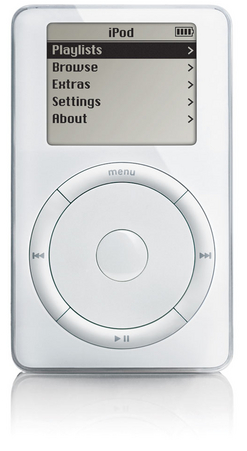One of the things I have always liked about successful people and companies, is that they are often successful by doing everything the others say is wrong.
Let’s take a look at an example. Hmm… Let’s see… How about Apple, for instance. Shall we?
When everyone else in the tech industry was cutting research because the economy was on a downward slope, Apple increased it and released things:
A lot of companies have chosen to downsize, and maybe that was the right thing for them. We chose a different path. Our belief was that if we kept putting great products in front of [customers], they would continue to open their wallets. – Steve Jobs in Business Week, 2003
When other companies are laying off their employees to cut costs, Apple does everything it can to hold onto theirs:
We’ve had one of these before, when the dot-com bubble burst. What I told our company was that we were just going to invest our way through the downturn, that we weren’t going to lay off people, that we’d taken a tremendous amount of effort to get them into Apple in the first place — the last thing we were going to do is lay them off. – Steve Jobs in Fortune, 2008
Instead of making over a hundred computer models in several different lines in order to meet every need and price point, they make a few great ones and continue to post record profits with enough cash on hand to buy the one making hundreds outright if they wanted to and still have spare change.
My point being is that sometimes, if you want quality, you have to ignore everything the others tell you you need – or need to do. In fact, it usually means you should do the opposite. Be a skeptic. Be suspect of every application or gadget or idea – especially when the exchange of money or time is involved (and if you don’t think the two are intimately inseparable then you do not value either enough). Even be suspect of this one I’m presenting here. I don’t claim to know all of the answers. Simplicity is a journey, not a destination. I’m on a journey here just like you.
What I do know is that when I look at the people, ideas and companies that impress me, they’re doing it wrong. And if that’s the case, I don’t wanna be right.
